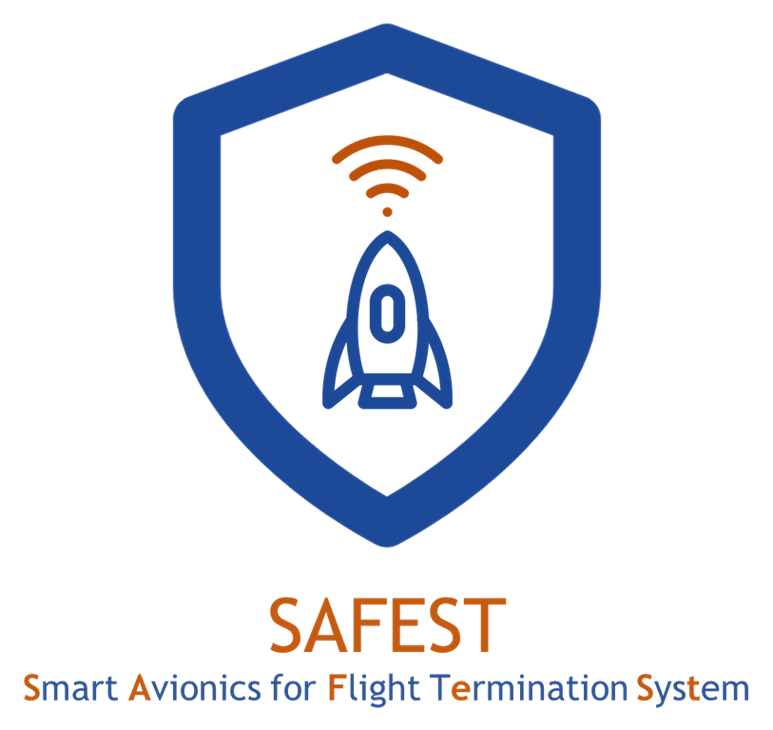Smart solutions for space and beyond
The increasing demand for access to space calls for us to reduce non-recurrent costs in avionics and lessen the impact on launch service prices in safety operations. We want to eliminate the current dependency on human intervention in traditional flight termination architecture, which stunts launcher competitiveness.
Our tools for a shift in the space industry

Autonomous Flight Termination Unit (AFTU)
An AFTU demonstrator, which works autonomously on board the vehicle, provides determination of launcher status and processing of dedicated mission rules. Transferring these safety operations from the ground is a game changer in terms of cost, availability, flexibility and timeliness.
Multi-layer approach for Integrated Avionics (MIA)
The MIA architecture increases portability and reusability of software and hardware components by layering the interdependent elements between each other. This improves performance and functionalities that have a direct impact on costs and energy consumption.




